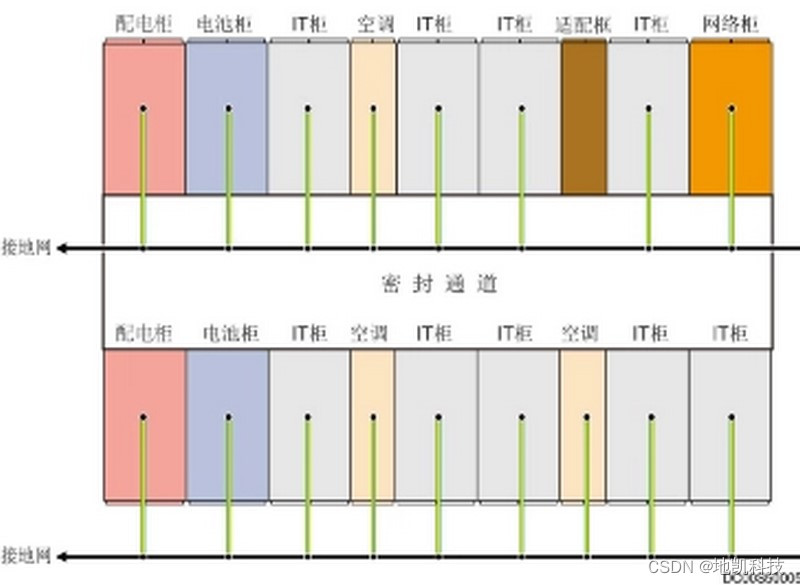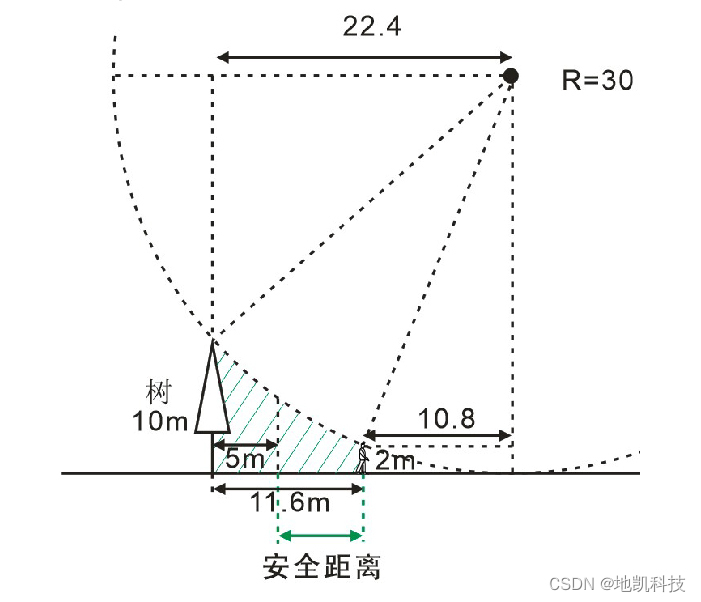时间:2016年12月11日
一、写在前面:
平时做图形学的东西多一些,虽然一直对网络编程很感兴趣,但是没有什么机会去尝试一下。最近正好赶上期末的课程实习,然后就参考Qt官方的 Network Programming References,写了一个局域网群聊软件,还算比较好看吧~ ,因为是自己的提交的作业,所以比较简陋将就一下,主要功能有:
(1) 用户注册与登录
(2) 多用户加入聊天室聊天。
(3) 找回密码等服务功能。
二、在正文开始之前,先贴一下我的实现结果:
(1) 【客户端】 聊天室聊天界面
包含“用户的基本信息”、“聊天窗口”、“当前在线用户表”。截图中有四个用户同时在线。

(2) 【服务器】
负责管理用户信息、转发聊天消息等功能。截图为上图时刻的服务器状态。
(3) 【客户端】 用户登录
三、【原理】 基于Qt实现Tcp协议的聊天室简单Demo
1. 关于Tcp协议:
TCP协议是一种面向连接的、可靠的、基于字节流的传输层通信协议。Qt对其提供了简单的封装,当然用windows API或Linux的<sys/socket.h>都能够轻松实现。
TCP协议被称为面向连接的通信协议。原因是TCP协议的传输依赖于TCP连接。一个TCP连接,由两个套接字(socket)组成,分别位于数据传输的两端(在这里为客户端、服务器),字节流数据通过Tcp连接发送一对一消息。
2. 聊天室的通信流程:
首先,启动一个服务器(Server),并使其监听(listen)服务器端的某个端口(port)。
当Server收到某个客户端的socket发出的“建立连接”请求时,Server便在本地创建一个客户端socket的本地代理(也是一个socket),这样一个TCP连接便创建成功。 当然,服务器可以通过这个本地代理(socket)向服务器发送消息,而客户端也可以通过自己的socket与服务器方的代理socket发送消息。
如果允许多个客户端连接到Server,那么可以用一个链表管理所有Server端的socket。
我画了一个上述过程的流程图,如下:
3. Qt中的Tcp通信
在Qt中,套接字由QTcpSocket支持,服务器由QTcpServer支持。关于这些类的具体信息可以在Qt的官方帮助文档(Qt Assistance)中查询到。
在使用Qt的Network模块之前,先需要连接Qt的网络库文件。可在pro文件中,添加如下代码实现:
QT += network
【3.1】QTcpServer的主要函数:
boolQTcpServer::listen(const QHostAddress& address = QHostAddress::Any, quint16port = 0);
[Qt Assistance] Tells the server to listen for incoming connections on address and port. If port is 0, a port is chosen automatically. If address is QHostAddress::Any, the server will listen on all network interfaces.Returns true on success; otherwise returns false.
告诉server他要监听来自哪里的连接和端口。如果address为QHostAddress::Any,server将会监听所有网络的连接请求,端口可以取没有被占用的任意端口号(如:19999)
QTcpSocket* QTcpServer::nextPendingConnection()
[Qt Assistance] Returns the next pending connection as a connected QTcpSocket object.
返回服务器下一个已申请建立连接,但还未处理的socket。
【3.2】QTcpSocket的主要函数:
voidQSocket::connectToHost(const QHostAddress & address, quint16 port, OpenMode openMode = ReadWrite)
[Qt Assistance] Attempts to make a connection to address on port.
尝试连接到IP地址为address,端口号为port的服务器。
voidQAbstractSocket::abort()
[Qt Assistance] Aborts the current connection and resets the socket.
中断当前连接,并重置socket。
读写操作:QTcpSocket::write(const char*)、QTcpSocket::writeAll(const char*)
4. 一个基于TCP协议的局域网聊天室的简单demo的具体代码和下载连接:
demo程序下载连接: http://download.csdn.net/detail/mahabharata_/9877757
demo程序功能简介:该示例包含TcpClient和TcpServer两个程序。TcpClient为通信客户端,可以同时开启多个,TcpServer为服务器,用于实现消息的中继和转发。
demo程序演示图:
demo程序的主干代码:
(1) 客户端程序 TcpClient
// 程序:TcpClient
// 头文件:clientWindow.h#ifndef CLIENTWINDOW_H
#define CLIENTWINDOW_H#include <QMainWindow>
#include <QTcpSocket>
#include <QHostAddress>namespace Ui {
class ClientWindow;
}class ClientWindow : public QMainWindow
{Q_OBJECTpublic:explicit ClientWindow(QWidget *parent = 0);~ClientWindow();QTcpSocket* m_socket; // 客户端套接字void connectToServer(); // 连接到服务器private slots:void slot_readMessage(); // 处理接收服务器方发送的消息void slot_btnSendMsg(); // 点击发送按钮后,后发送消息private:Ui::ClientWindow *ui;
};#endif // CLIENTWINDOW_H
// 程序:TcpClient
// 源文件:clientWindow.cpp#include "clientwindow.h"
#include "ui_clientwindow.h"ClientWindow::ClientWindow(QWidget *parent) :QMainWindow(parent),ui(new Ui::ClientWindow)
{ui->setupUi(this);connectToServer();// do other things
}void ClientWindow::connectToServer()
{m_socket = new QTcpSocket(this);//连接到服务器// 尝试连接到IP为"127.0.0.1" & 端口号为19999服务器// 如果想要实现局域网通信, 只需将第一个IP地址设置为“服务器”所在主机的IP地址即可// 如 m_socket->connectToHost("170.29.19.65", 19999);m_socket->connectToHost(QHostAddress::LocalHost, 9999);connect(m_socket,SIGNAL(readyRead()),this,SLOT(slot_readMessage())); // 告诉socket, 要用slot_readMessage()去处理接收的消息.connect(ui->pushButton,SIGNAL(clicked()),this,SLOT(slot_btnSendMsg()));
}void ClientWindow::slot_readMessage() // 只会在socket接收到server消息时调用
{QString str = m_socket->readAll().data();ui->textBrowser->setText(ui->textBrowser->toPlainText() + "\n" + str);
}void ClientWindow::slot_btnSendMsg()
{QString str = ui->lineEdit->text();m_socket->write(str.toStdString().data()); // Exceptionui->lineEdit->clear();
}ClientWindow::~ClientWindow()
{delete ui;
}
(2) 服务器端程序:TcpServer
// 程序:TcpClient
// 头文件:serverWindow.h#ifndef SERVERWINDOW_H
#define SERVERWINDOW_H#include <QMainWindow>
#include <QTcpSocket>
#include <QTcpServer>namespace Ui {
class ServerWindow;
}class ServerWindow : public QMainWindow
{Q_OBJECTpublic:explicit ServerWindow(QWidget *parent = 0);~ServerWindow();QTcpServer* m_server;QList<QTcpSocket*> m_sockets; // 连接到server的所有客户. 链表方式, 在服务器端的一个备份(客户端的socket)void startServer(); // 启动一个server
public slots:void slot_newConnection(); // 对应客户端的 connectToHost();void slot_readMessage(); // 每一个socket绑定private:Ui::ServerWindow *ui;
};#endif // SERVERWINDOW_H
// 程序:TcpClient
// 源文件:serverWindow.cpp#include "serverwindow.h"
#include "ui_serverwindow.h"ServerWindow::ServerWindow(QWidget *parent) :QMainWindow(parent),ui(new Ui::ServerWindow)
{ui->setupUi(this);startServer();
}void ServerWindow::startServer()
{m_server = new QTcpServer(this);m_server->listen(QHostAddress::Any, 19999);connect(m_server,SIGNAL(newConnection()),this,SLOT(slot_newConnection())); //
}void ServerWindow::slot_newConnection()
{// 把新加入的socket放入链表中QTcpSocket* socket = m_server->nextPendingConnection();m_sockets.push_back(socket);connect(socket,SIGNAL(readyRead()),this,SLOT(slot_readMessage()));
}// 每一个socket处理收到消息的函数
void ServerWindow::slot_readMessage()
{QTcpSocket* socket = (QTcpSocket*)QObject::sender(); // 获得是哪个socket收到了消息QString str = socket->readAll().data();for(int i=0; i<m_sockets.size(); i++){m_sockets[i]->write(str.toStdString().data());}
}ServerWindow::~ServerWindow()
{delete ui;
}





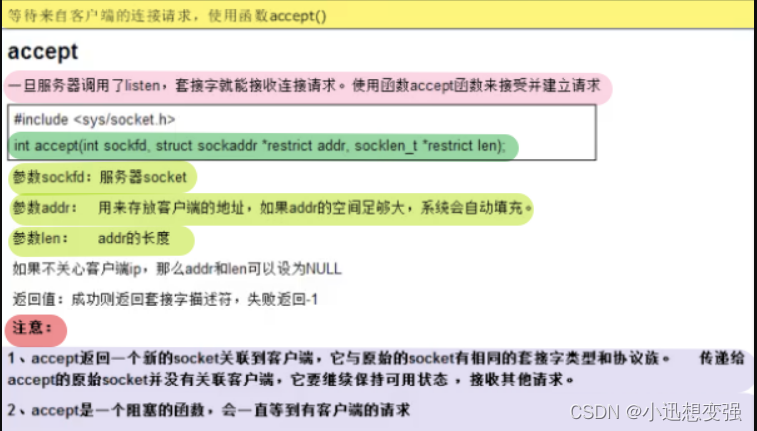
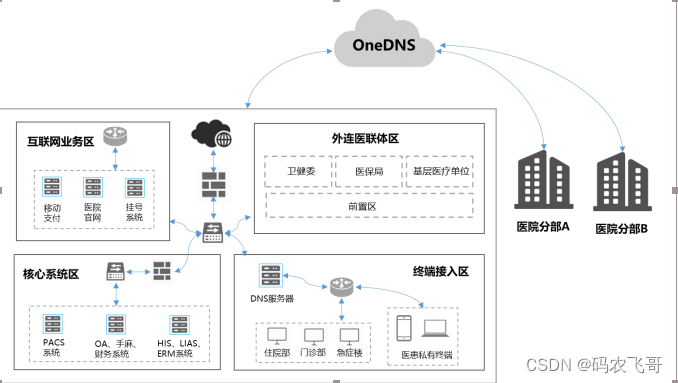
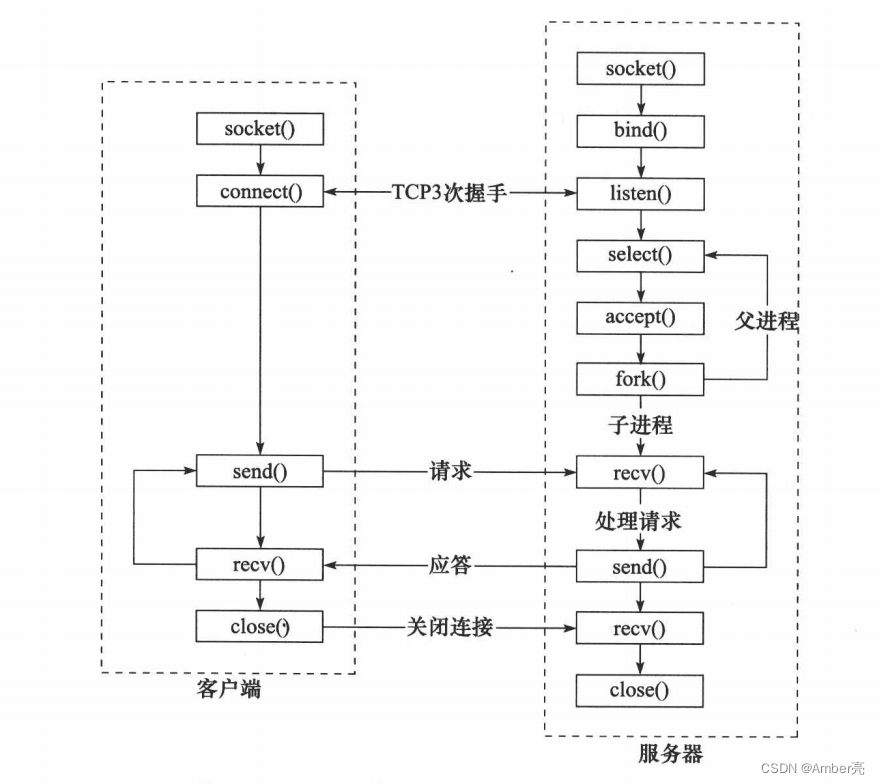


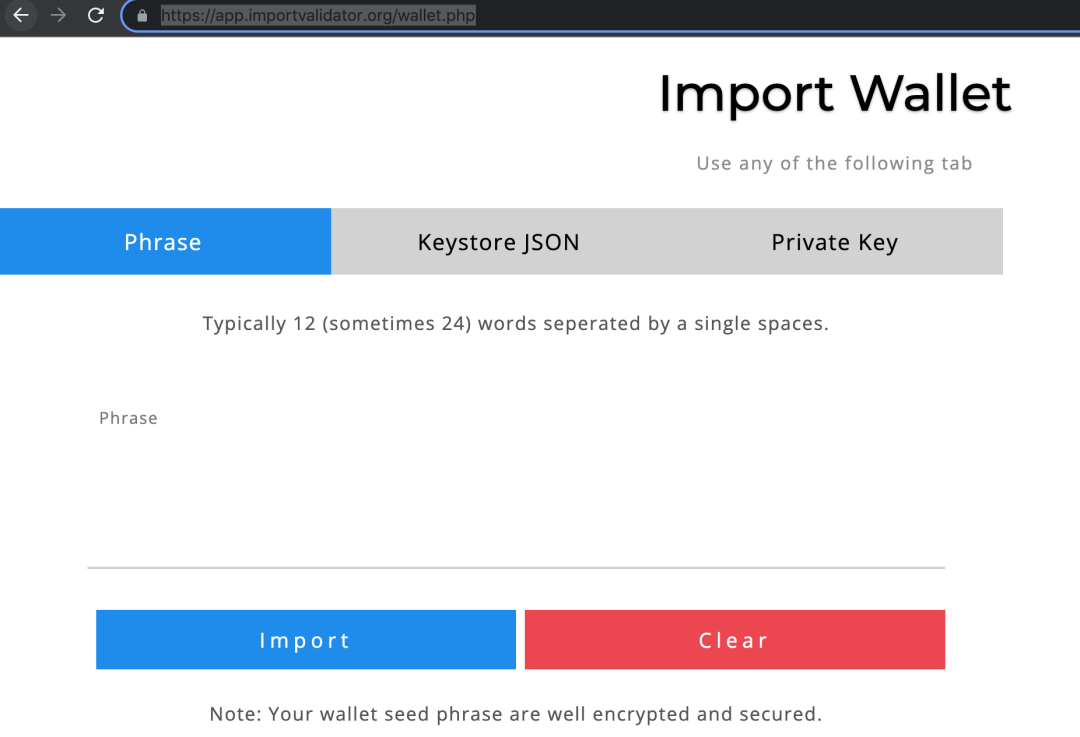
![154.网络安全渗透测试—[Cobalt Strike系列]—[钓鱼攻击/鱼叉钓鱼]](https://img-blog.csdnimg.cn/a9f195061dfb4a6ab1f345f2f653c425.png)


